Tan Yang Gong Fu 坦洋工夫
“The Red Road of the Highest Skill of Tan Yan”, abbreviated simply by Tan Yang – the first of the third most famous red roads of Fujian Province. Pleasant every day, has a memorable aroma and taste. Good for exploring red teas. Tan Yang is produced in a homonymous village in southern Fujian Province. When translating into the prefix “Gong Fu” – a higher skill means that Tan Jan is made with a special technology, the main task of which is to hold the path and stop fermentation in a timely manner. This time can only be determined by the assembled tea master. Even a little stiff fermented or underlined Tan Yan loses its value tenfold.
This tea is perfect for primitive and sociable tea drinkers. Extremely unpretentious, simple and understandable. It is best to prepare it by the method of pouring. It will give a full enjoyment with the prepared bouquet. Saturated, soft, intense aroma. In the prepared bouquet, spices, fruits and berries are opened. You can spend a lot of comfortable minutes solving this path.
A feature of the prepared tea is the number of kidneys covered with plant hairs , which gives the tea a golden color.
Why is Tan Yang useful?
Due to its antioxidant properties, it strengthens the immune system’s body’s resistance to viral infections. Serves as an effective prevention of cardiovascular diseases and thrombophlebitis. With regular consumption normalizes the pressure. Improves metabolism, prevents associated digestion disorders. Beneficial effect on the pancreas. Used for oral hygiene, strengthens the gums, thereby helping in the fight against paradontosis.
He has antipyretic qualities. A great natural antidepressant. Calms down, improves mood.
How to boil Tan Yang?
Red tea is one of the varieties of tea closer to our mentality. Many people try to prepare red tea in their own way: pour boiling water over it, leave for a long time (from a few minutes to a couple of hours). Then the resulting dragonfly is diluted with water, since it is almost impossible to drink it in its original form. It is not recommended to use such a method. The tea turns out to be wildly bitter and harmless, you can’t talk about the taste and aroma of the beggar+it’s not an economical preparation option.
We recommend using the traditional method of making tea – the method of pouring. To prepare a tasty and fragrant drink, we need tea, water and dishes. If everything is clear with the road, then we stop separately in the water. To prepare tea, you need to choose high-quality water, without the smell and tastes of strangers. The ideal option is water taken from a pure natural source. You can also take proven bottled water, but spring water is still a more suitable option. The dishes we need are for the preparation of a container (teapot / gaiwan / flask), intermediate vessel (gun dao bei / chahai / balance cup) and cups. We bring the water to a boil (100 ° C), without letting it boil, we remove from the heat and rinse all the dishes warm. Now in the cooking container you need to put 2-4 grams of tea for every 100 milliliters of water.
The more tea you put in, the stronger the drink, and vice versa. We prepare the tea with boiling water, immediately pour the gun dao into the bei and rinse the dishes with this jam. Remember that the first jam does not drink! It is designed to “awaken” and rinse the tea. Fill the cooking container with boiling water with tea;
We hold for a few seconds (5-15) to the desired strength. You love a stronger path – hold longer and vice versa; We pour the resulting infusion completely into the gun dao bei (chahai / balance cup/ serving container). The gap between the teapot and the pialas is very important: it does not allow the tea to continue to be pulled if you pour it over into cups, and at the same time the infusion of tea is uniform, into one potency;
We pour into cups – we enjoy the tea.
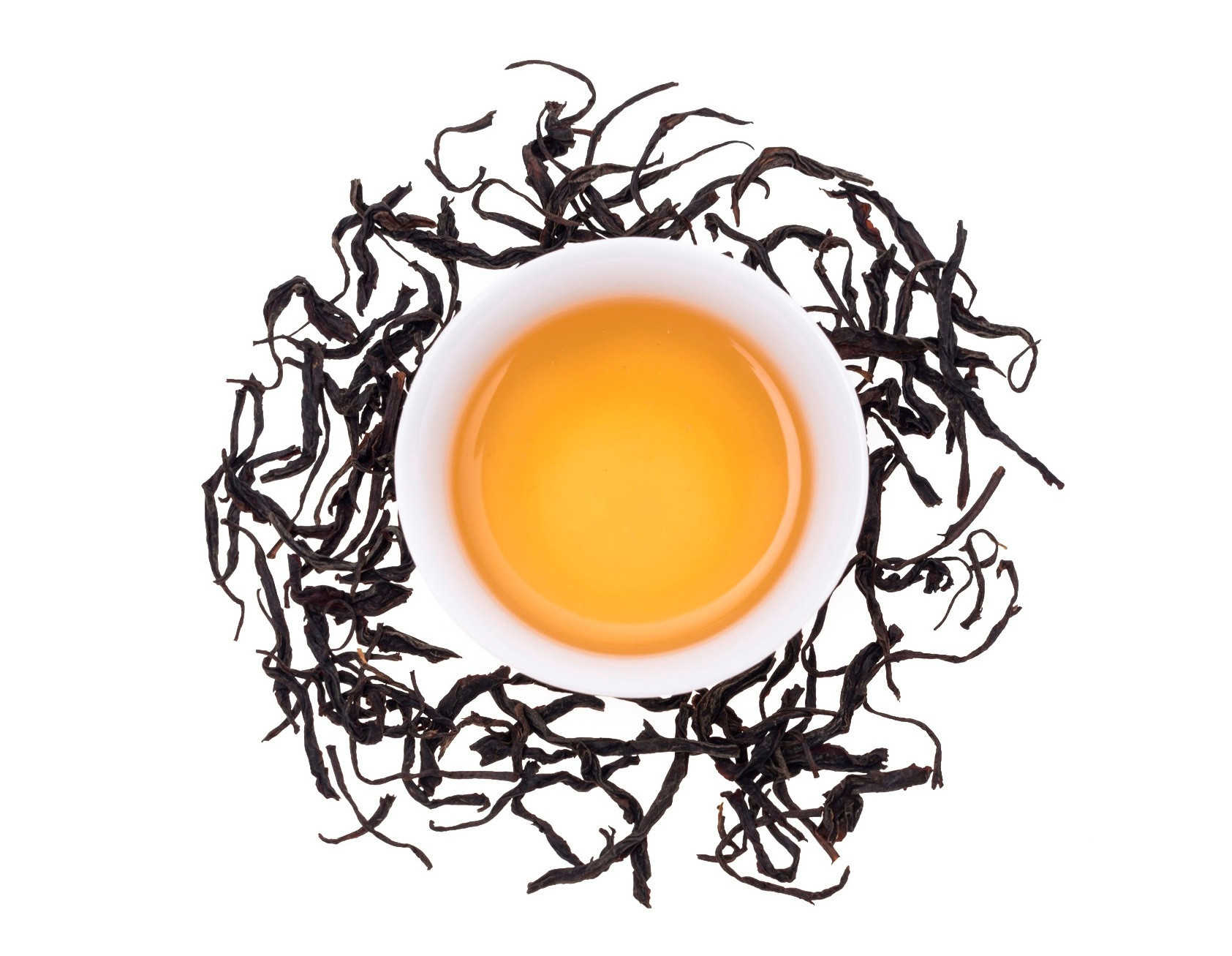
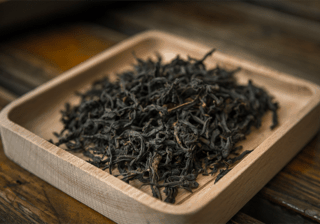
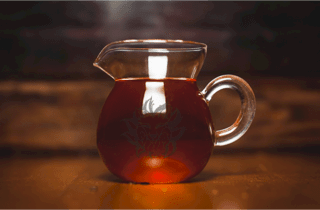
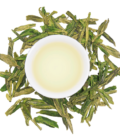
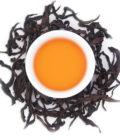
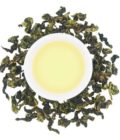



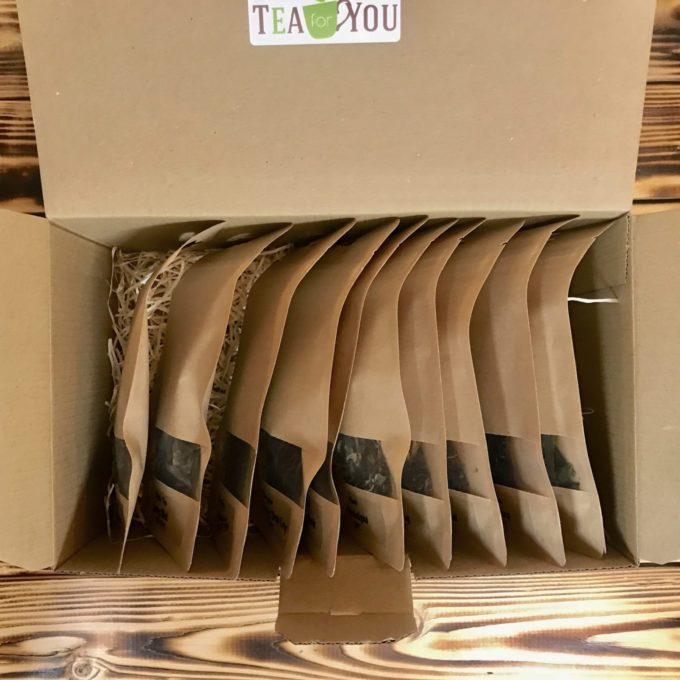
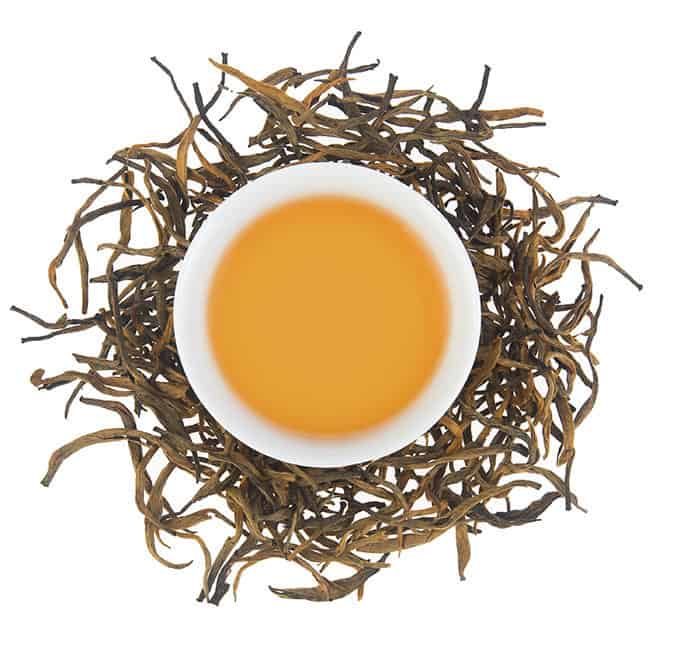
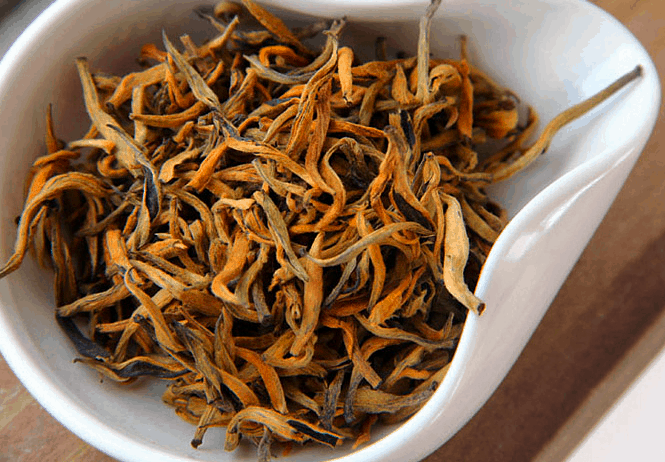
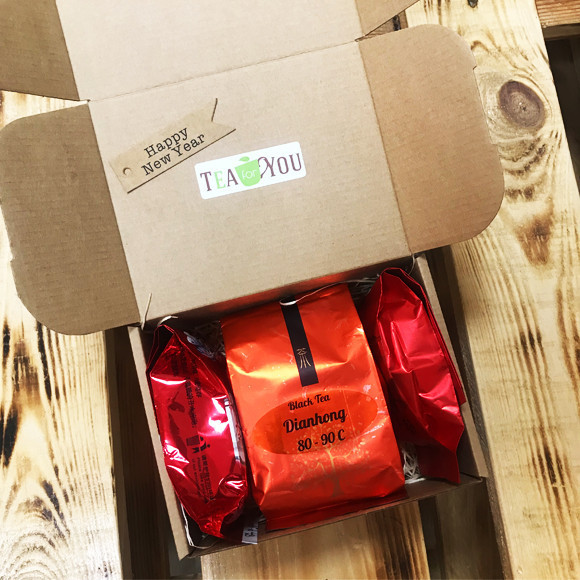
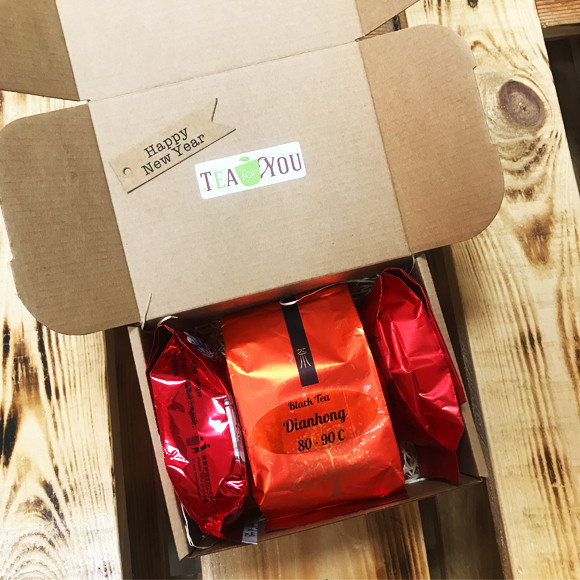
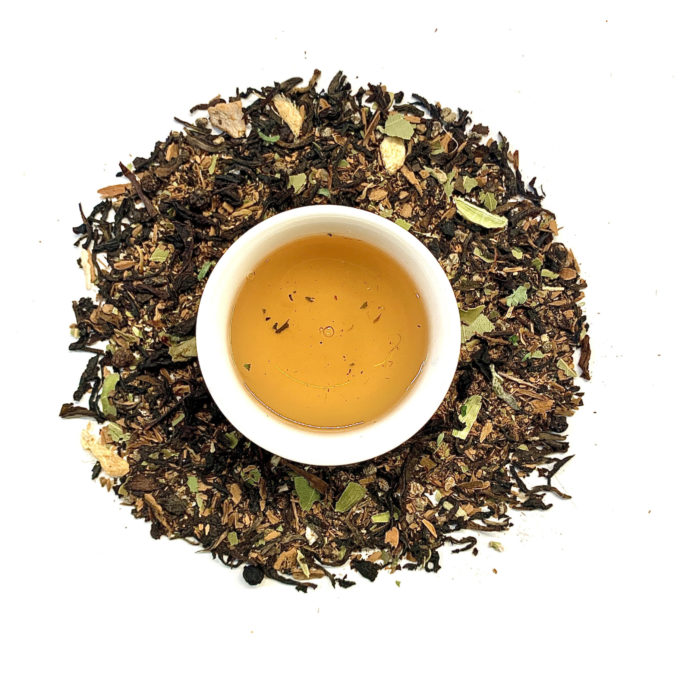


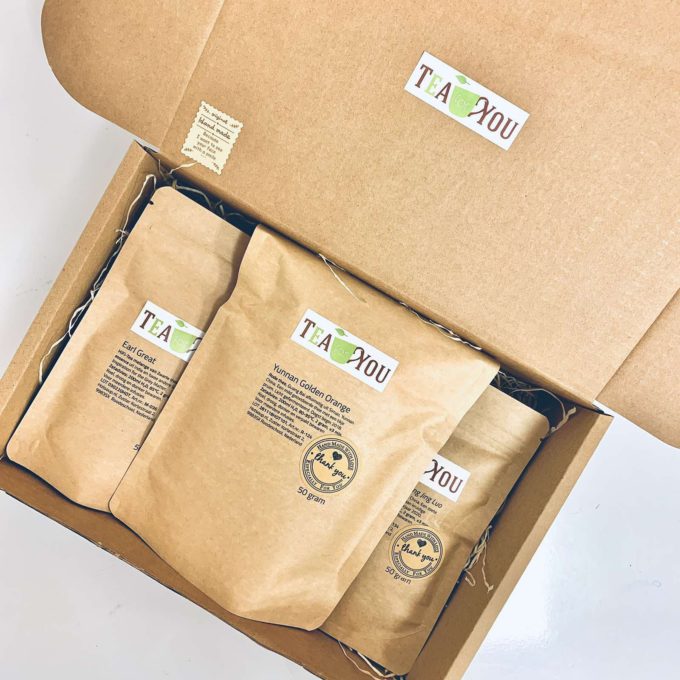
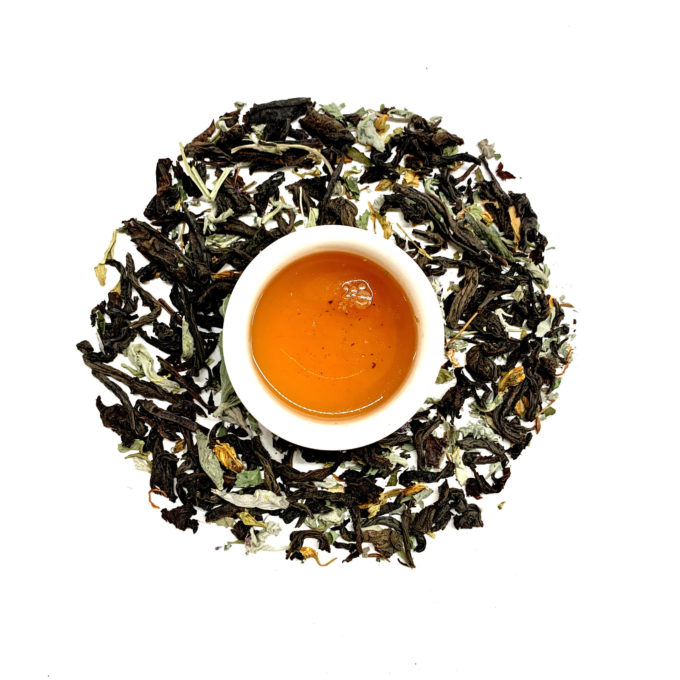
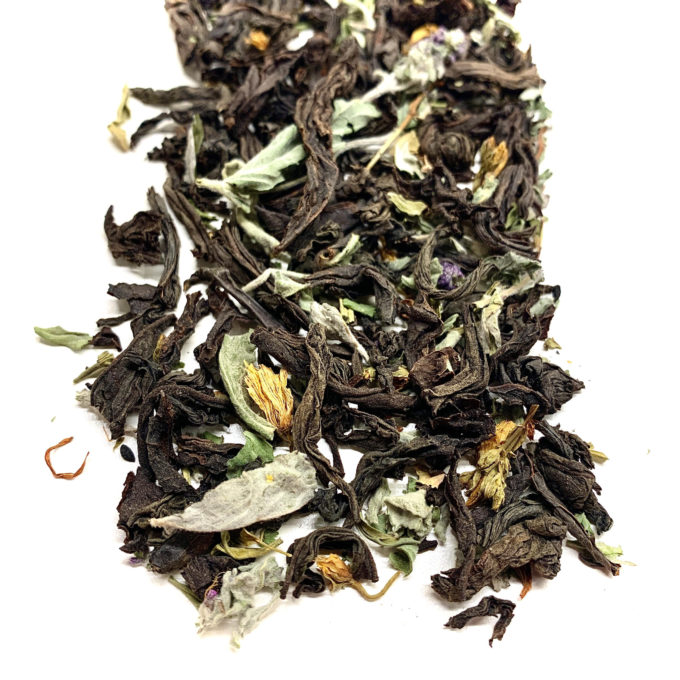
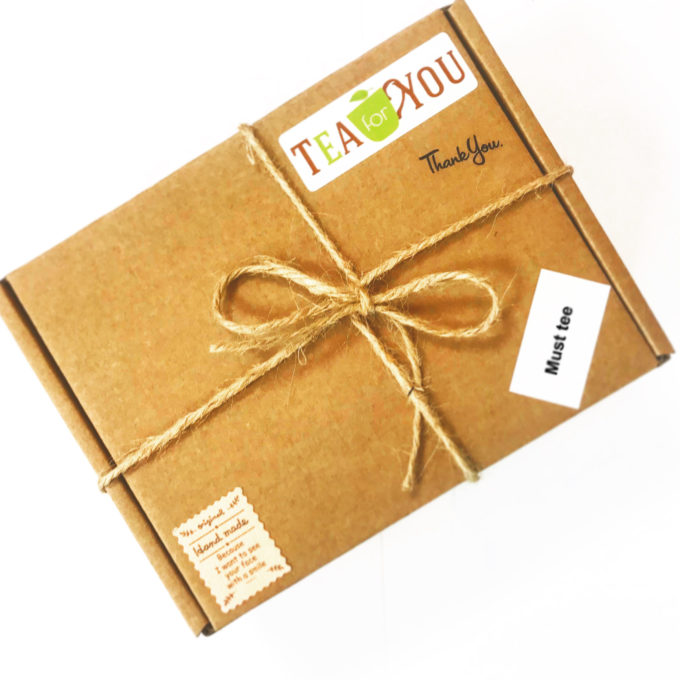
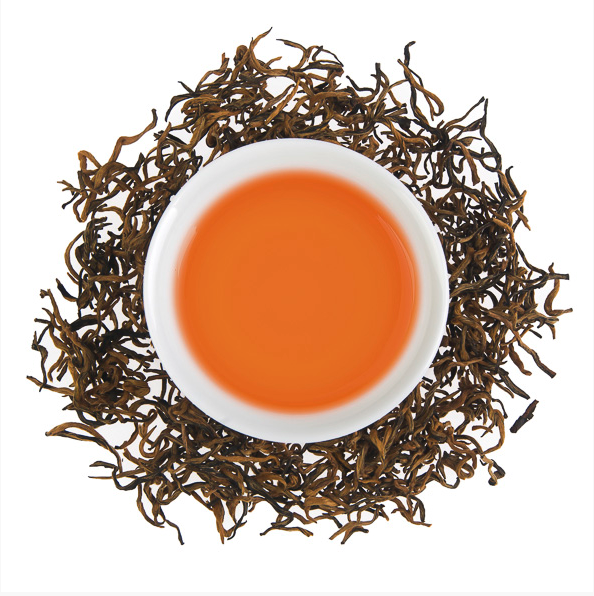
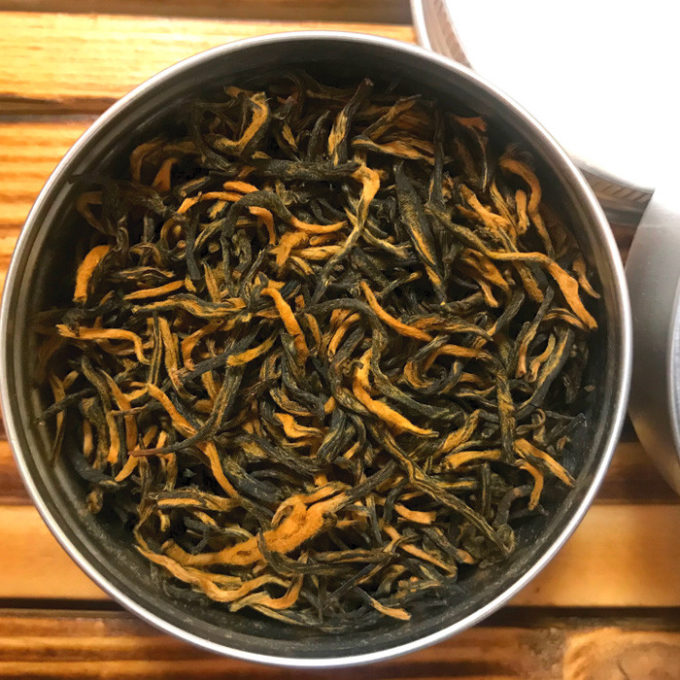


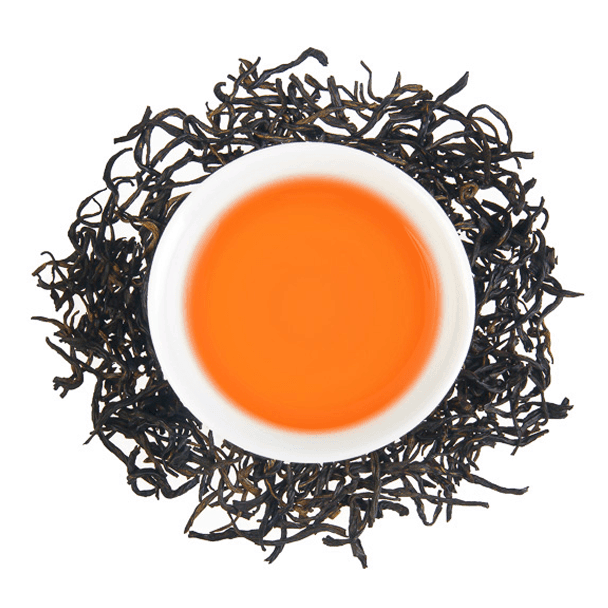
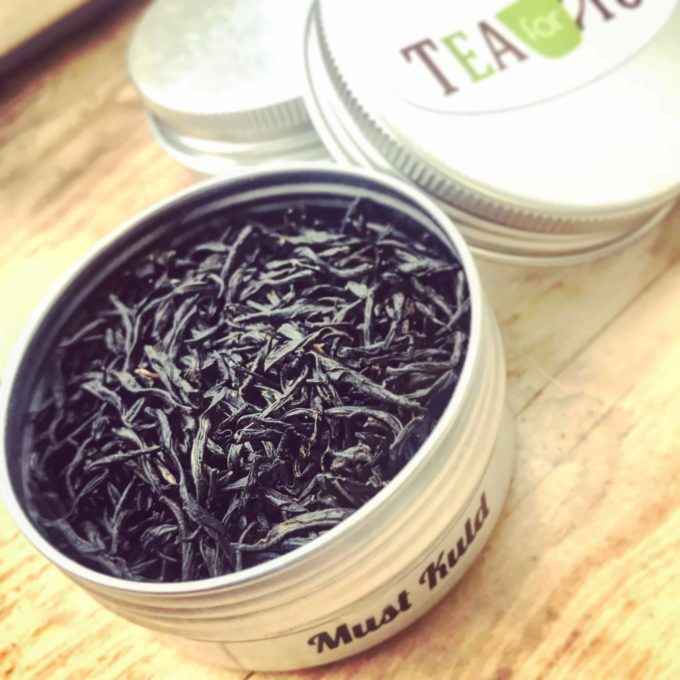
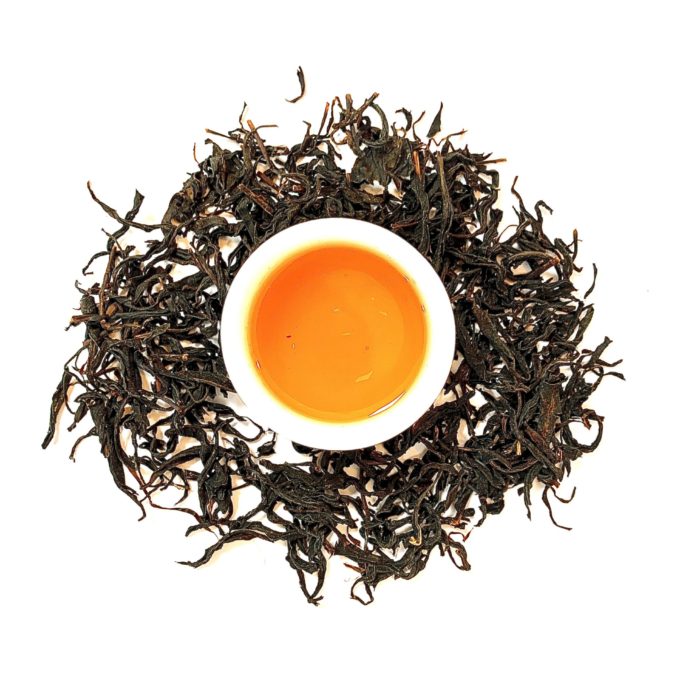
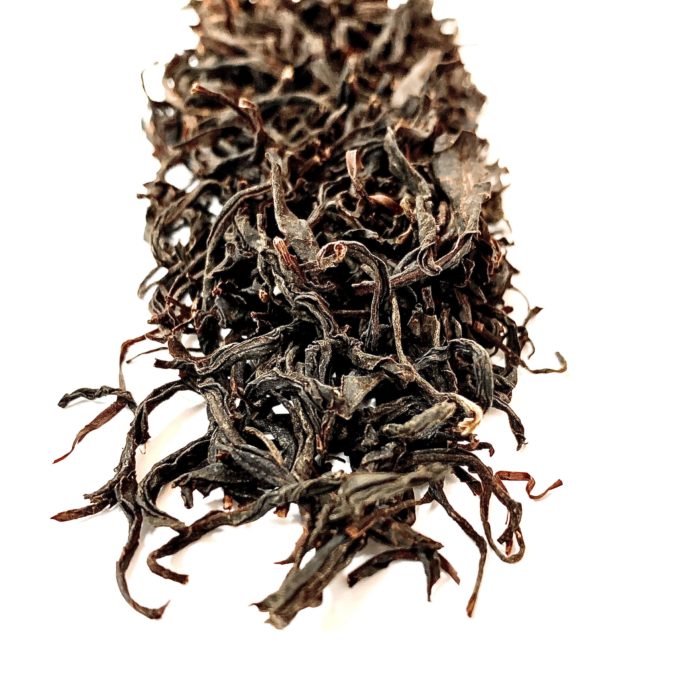



 No products in the cart.
No products in the cart.